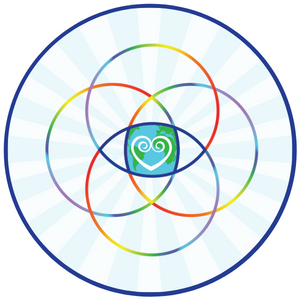

Mental and Behavioral Well-Being

Mental and Behavioral Well-Being
Understanding ADHD
Attention Deficit Hyperactivity Disorder (ADHD) is a misunderstood and often stigmatized condition. Research shows that much about it—from stereotypes to lack of education about the symptoms and who it affects, to discomfort with treatment—is outdated and inaccurate.
The stigma surrounding ADHD leads many to struggle with the disorder undiagnosed, and are dubbed lazy, stupid, disorganized, or forgetful. However, studies show that ADHD is a brain disorder, with scans revealing structural and chemical differences in the brains of those with the disorder. A deficiency in neurotransmitters impairs the pleasure and reward centers, impacting executive functioning, impulsivity, emotional regulation, attention, hyperactivity, and organization.
Though hyperactivity and inattention are common symptoms, those with ADHD often find impulsivity and an interest-driven nervous system to be the most debilitating aspect of the disorder. ADHD affects many successful, gifted individuals, who may become completely absorbed in an activity that interests them, yet struggle to complete other, seemingly simple, tasks.
Other symptoms can include sensitivity to criticism, heightened senses, and sudden displays of emotion. However, the American Psychological Association’s Diagnostic and Statistical Manual of Mental Disorders, which clinicians use to diagnose ADHD, only addresses some of the possible symptoms, causing many to go undiagnosed.
The most effective treatment for ADHD is stimulant medication, coupled with therapy, regular exercise, and meditation. However, due to negative connotations surrounding stimulants, many are afraid to accept a prescription for themselves or their children over fear of addiction or judgment. Research has shown that use of stimulants to manage ADHD can decrease the likelihood of future substance abuse.
ADHD comes with a variety of difficulties and stigmas, but the neurodiverse traits that cause behavioral differences can also lead to traits of resourcefulness, creativity, innovation, and thinking outside the box. Recognizing the fallacies surrounding ADHD and creating environments that allow for, and celebrate, neurodiversity can help those struggling to flourish. Research suggests the following factors may help individuals with ADHD succeed:
- Destigmatizing ADHD and recognizing the positive aspects of neurodiversity;
- Developing a hobby or creative outlet;
- Identifying strengths and finding a job that plays to those strengths;
- Having a support system to encourage and provide affirmation;
- Maintaining stable emotional connections.
REFERENCES
Joho, J. (2020, August 17). Everything you thought you knew about ADHD is wrong. Mashable. https://mashable.com/article/what-is-adhd-myths-stigma/

 By
By






